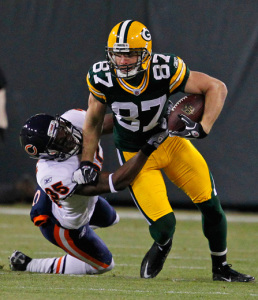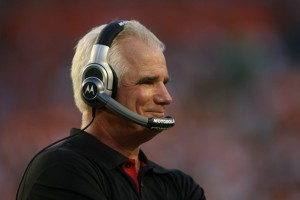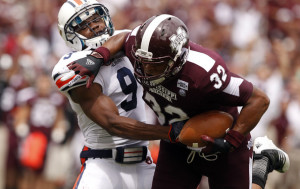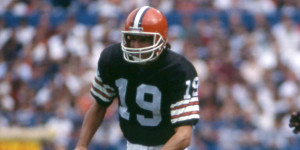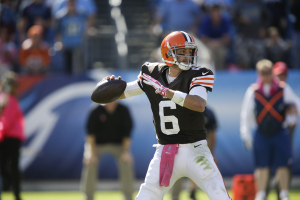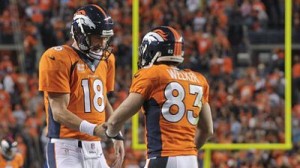Rex Ryan’s sixth year as head coach of the Jets will almost certainly end the way each of his last three seasons ended: with New York missing the playoffs. While that lack of success often leads to a coach getting fired after just a couple of down seasons, Ryan’s career in New York — in many more ways than what will be described below — has been a unique one. If so inclined, one could argue that no coach has done more with less than Ryan.
To make that statement, one simply needs to define “more” as “win games” and “less” to mean “having an efficient passing offense.” From 2009 to 2013, the Jets averaged just 4.60 Adjusted Net Yards per Attempt, which was 1.21 ANY/A below league average. That was the 2nd worst performance over that period, ahead (just barely) of the Cleveland Browns. [1]And from 2009 through eight weeks of the 2014 season, no team has a worse ANY/A average than New York.
The metric ANY/A correlates very strongly with winning percentage, but here’s the weird part: New York has averaged 8.4 wins per year over those five years, making the Jets a slightly above average team. For reference, the other four teams in the bottom five in ANY/A averaged just 5.6 wins per season. New York has been a crazy outlier: none of the other teams that ranked in the bottom 12 in ANY/A posted a winning record during that time span.
Take a look at the graph below. The Y-Axis shows wins per year, while the X-Axis depicts ANY/A relative to league average from 2009 to 2013. The Jets are the biggest outlier in that group, with only the Ravens coming anywhere near the Jets level of “overachievement.” [continue reading…]
References
| ↑1 | And from 2009 through eight weeks of the 2014 season, no team has a worse ANY/A average than New York. |
|---|


